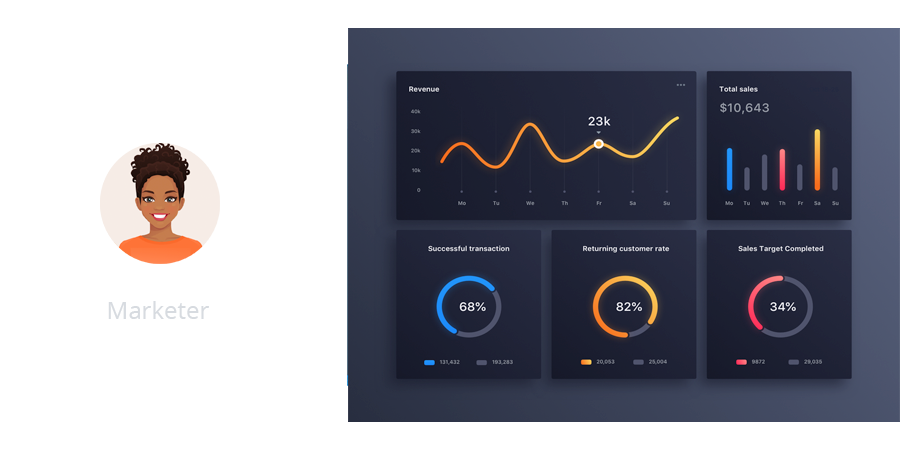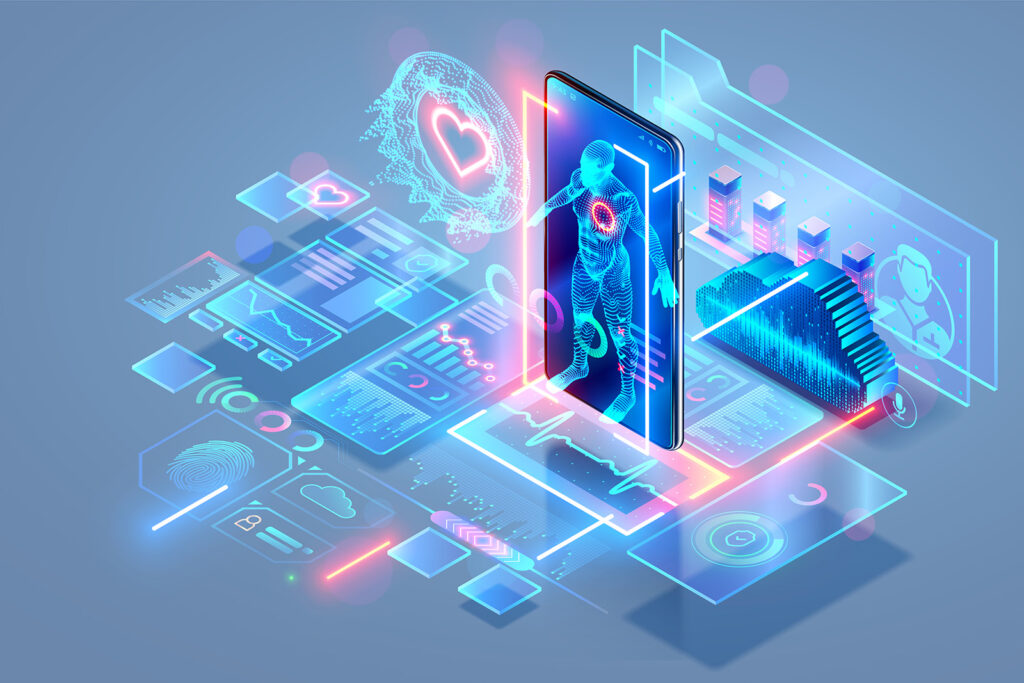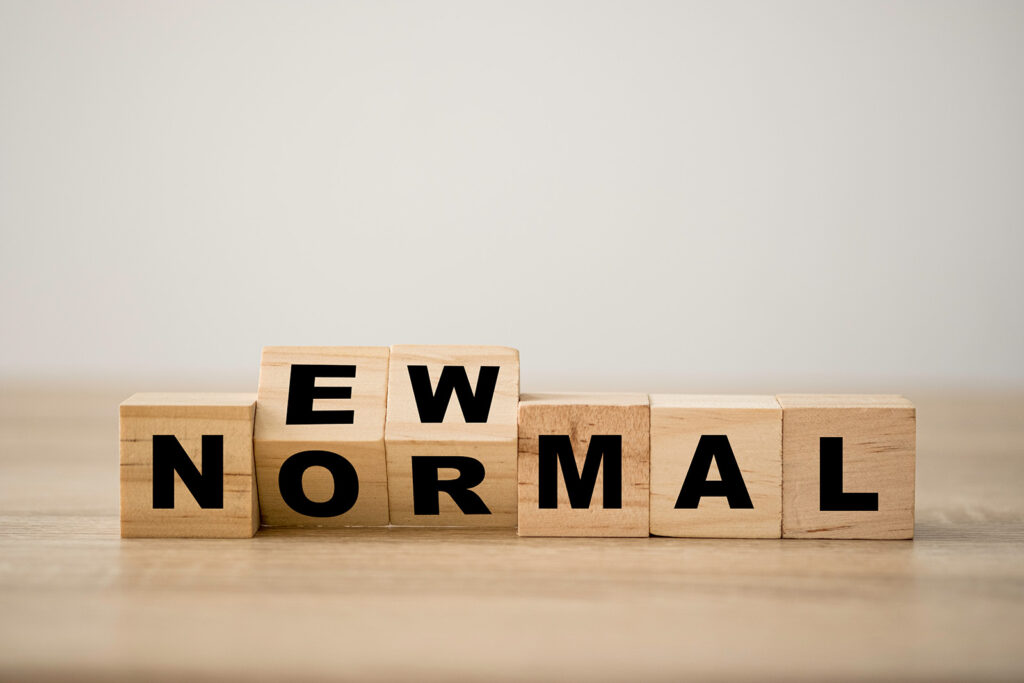
Resources
Digital Touchpoints
Definitions & Examples for Customer Journey Success
Every interaction a customer has with your brand, from first impression through purchase and follow-up, is a touchpoint. Digital touchpoints are those online and mobile interactions where consumers engage with a business. It includes interactions across different devices, from smartphones to tablets, and various channels including social media and websites.
Touchpoints influence your consumers’ experiences along every point of the customer journey.
It can encourage someone to click an ad, read a blog, visit a website, and, ultimately, convert. One wrong move like a missing webpage, inactive social media account, or a live chat that never gets a response, and you may lose that customer forever.
There are many possible steps in the customer journey, and customer journeys can vary. Any stage of this digital journey can influence the perception of your brand, which is why it is essential for you to analyze each touchpoint and identify ways to create positive experiences for potential customers.

Analyzing the Top Types of Digital Touchpoints
Webpages and Shops
Product shops and webpages are often one of the last stages in the customer journey. However, this touchpoint can also be somewhere at the beginning of the journey. Consider someone searching for luggage. They may have a few brands in mind, and when they search those brands, invariably a competitor’s well-placed ad will show up. The customer may select the competitor’s ad, which directs the customer to a digital luggage shop. This is an early touchpoint in the customer journey.
Before the customer purchases an item, they are likely to browse the purchase experience, read reviews, possibly check social media to see the product in action, and click through various competitor options to weigh price and quality. These are additional touchpoints that must meet expectations before returning to the product page to make a purchase.
Paid Touchpoints (Digital Advertisements)
Most commonly, this touchpoint relates to Google, Apple, and social media ad buys. The goal is to place your service or product in front of an audience that has a demonstrated interest. Often this touchpoint is useful at the beginning of the customer journey, when they are actively researching goods and services. Search engine marketing can place your brand front and center on a results page, offering brand awareness or an alternative to a competitor.
Other times, paid content appears further in the customer journey as part of a retargeting campaign, where a customer has previously visited the brand’s website, digital marketplace, or even made a previous purchase.
Content Marketing
From blogs to social media posts, content marketing is the digital version of brick and mortar sales representatives offering expertise and customer service to your prospective purchasers. When done well, your customers feel that your brand is attentive, relevant, and informed. The customer will trust your recommendations, and look forward to future interactions with your brand.
Content marketing happens at all stages of the customer journey, from brand introduction and purchases to product tutorials, community building and retargeting.
Reviews and User Generated Content (UGC)
Reviews are straightforward. A purchase is made, the process and product are rated and details may be provided. Sometimes details are omitted, and future customers are left to wonder why a product received 4 vs 5 stars. UGC fills in that gap, and acts as brand advocacy. Often UGC catches a prospective customer’s attention. It showcases the product in action, demonstrating its use in the wild with an image. More than a star rating, you see the product’s utility and features. In today’s connected world, customers will scope out nearly every product prior to purchase, and both reviews and UGC are important touch points immediately prior to a sale.
Loyalty and Referral Programs
One thing that will make your customers loyal to your business are rewards. A loyalty program where you incentivize long-time customers by giving them special discounts and gifts will leave a positive impression on them and keep your brand top of mind for future purchases. Furthermore, incentivizing rewards through referrals increases your customer base, while rewarding existing and new customers alike. These can be initiated through email drip campaigns, showcased through a website, or encouraged through content marketing channels like social media.
Fulfillment as a Touchpoint
The customer fulfillment experience merges digital touchpoints with physical ones. Fulfillment refers to the entire process of receiving, packaging and shipping a product to your customer. This fulfillment process impacts your customer’s shopping experience and can determine whether they become a repeat customer. It could influence digital reviews. Packaging is an opportunity to impress, even potentially used as its own touchpoint for incentivized user-generated content.
Use a shipment tracking system to notify your customers of their order’s shipment process (typically through email, another digital touchpoint). A timely shipment process update will improve their fulfillment experience and help you gain the customer’s trust. Upon receipt of the product or service, thank them once more for their business, and incentivize them to leave a review, create UGC, or make a repeat sale with a reward. Each of these is its own digital touchpoint, which can expand their own customer journey or enrich the journey for others.
Looking to create a digital touchpoint strategy? Let us help you build a customer journey with our free marketing playbook.

Find Out How To Get Personal with Your Audience
Want to get a step-by-step game plan for meaningfully personalizing your content for each of your high-value personas across all of your marketing channels? Generate your free, personalized playbook right now.







